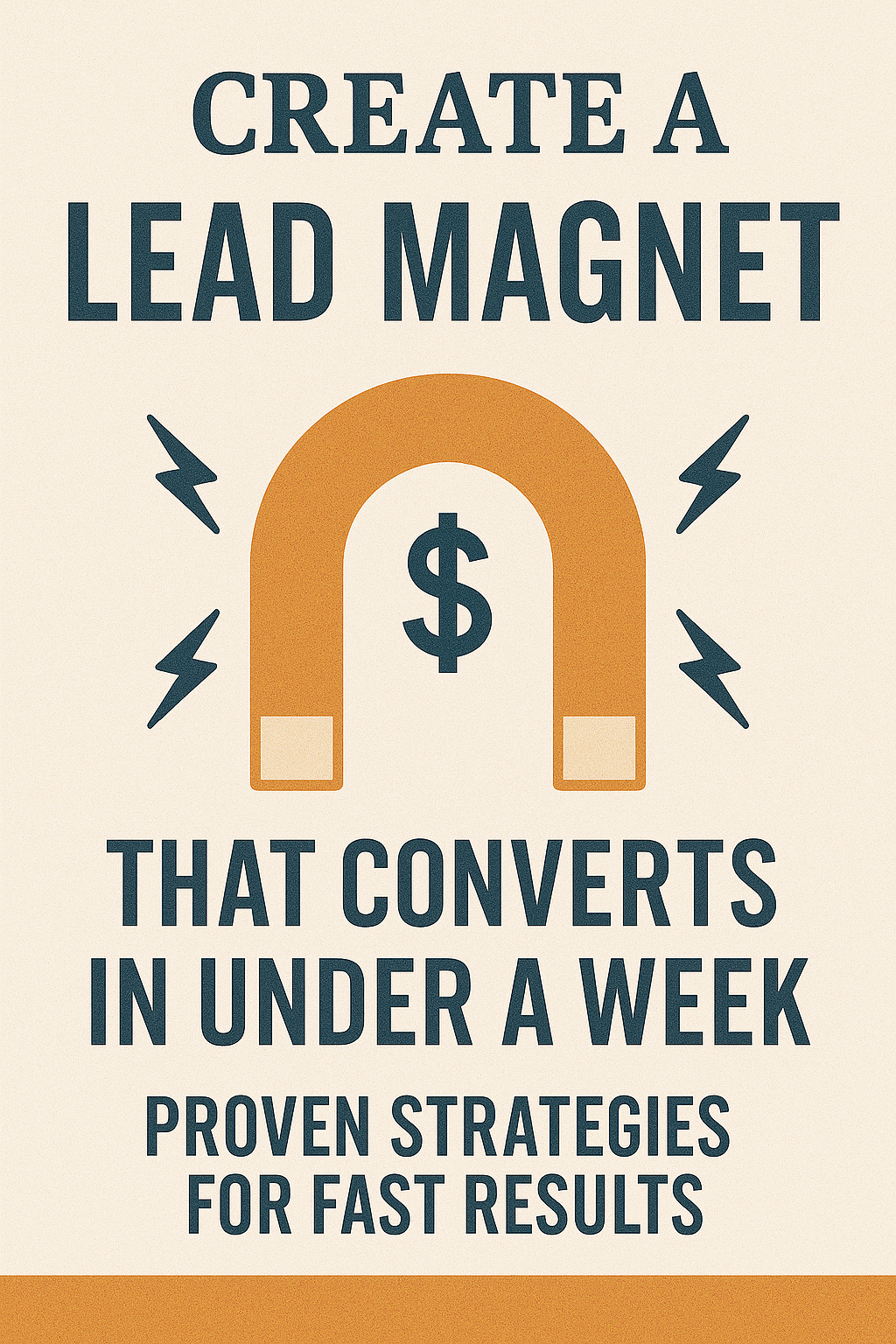Founders are often pulled in many directions, handling everything from big-picture decisions to daily details. A delegation dashboard gives founders a simple way to assign, track, and communicate tasks, so nothing important falls through the cracks. By using a clear system instead of relying on memory or constant reminders, founders can focus on high-value activities and reduce stress.

A well-designed dashboard also helps teams work better together. It makes responsibilities clear, encourages accountability, and supports better communication. For busy founders, this means more time to grow the business and less time spent micromanaging.
Key Takeaways
- A dashboard makes delegation clear and manageable.
- Good design improves team communication and accountability.
- Tracking results helps founders improve how they delegate.
Understanding Delegation for Founders

Delegation allows founders to free up time, focus on key decisions, and use their team’s strengths. It is critical for scaling a business and preventing burnout from trying to do everything alone.
The Importance of Delegation
Founders often have many roles early in their company’s journey. As teams grow, it becomes essential for them to transfer tasks to others. Good delegation gives founders space to handle strategy, fundraising, or product vision.
Effective delegation helps move projects forward faster. It builds trust within the team and gives employees opportunities to learn and take ownership. When a founder delegates clearly—with defined tasks, deadlines, and goals—the entire company runs more smoothly.
Some key benefits include:
- Increased productivity: More work gets done when tasks are spread among qualified team members.
- Focus on leadership: Founders can prioritize what truly matters.
- Skill development: Team members grow by taking on new challenges.
- Reduced stress: Founders who delegate avoid being stretched too thin.
Challenges Faced by Busy Founders
Delegation is not always simple. Many founders struggle with letting go of control. They may worry that a task will not be done to their standards or fear that delegation will slow progress if not managed well.
Common roadblocks include:
- Lack of trust: Founders may feel only they can complete tasks the “right” way.
- Poor communication: If instructions are unclear, delegated work may lead to confusion or missed goals.
- Time constraints: Training or briefing someone can seem like it takes too long when tasks feel urgent.
- Choosing the wrong tasks to delegate: Giving away critical responsibilities or the wrong projects can cause issues.
A clear process and a dashboard for delegation can help founders overcome these challenges by tracking tasks, assigning responsibilities, and setting expectations. Using specific tools or templates ensures nothing slips through the cracks and supports better outcomes.
Core Features of a Delegation Dashboard

A well-designed delegation dashboard helps busy founders organize, assign, and follow up on tasks effectively. It streamlines communication, sets clear expectations, and allows everyone to see progress in real time.
Task Assignment and Tracking
Task assignment features let founders delegate specific responsibilities to team members. Each task should include a clear description that tells what is expected and offers all needed details. Assigning tasks directly in the dashboard keeps everyone organized and reduces confusion.
Tracking is just as important as assigning. The dashboard should display the status of each task—for example: Not Started, In Progress, Needs Review, or Done. Founders can quickly spot bottlenecks and follow up if something stalls.
Using visual tools like progress bars or checklists helps team members know exactly where they stand. They do not need to send extra emails or messages for updates. Automatic notifications can remind people of what they need to do next or alert everyone if something is overdue.
Priority and Deadline Management
Managing priorities and deadlines ensures that critical work is completed on time. The dashboard should make it easy to set and change priority levels, such as High, Medium, or Low. This way, team members can always see what needs their attention first.
Deadlines must be clear and visible. The system should let users sort or filter tasks by due date, so upcoming deadlines never catch anyone off guard. Founders can also set recurring tasks for regular duties that need ongoing follow-up.
Some dashboards offer color coding or labels to show urgency. This adds another way to quickly scan and act on important tasks. If deadlines are missed, the system can send reminders, making expectations clear without needing manual follow-up each time.
Team Member Roles
Assigning clear roles helps everyone know who is responsible for what. The dashboard should list each team member and what kinds of tasks they are best suited to handle. This makes delegation faster and more accurate.
Role settings might include permissions, such as who can assign tasks, edit details, or mark work as finished. When everyone sees their roles, there is less overlap and confusion about who should do which job.
A good dashboard also lets founders update roles as teams grow or projects change. This way, task assignments always match current team strengths and responsibilities. Setting these roles early makes it easier to set fair and realistic expectations for everyone involved.
Designing for Effective Communication
A delegation dashboard should make communication easy and clear. It must help leaders and teams stay aligned on what needs to be done and when.
Setting Clear Expectations
Clear expectations are the foundation of successful delegation. Every task on the dashboard should list the goal, deadline, and who is responsible. Tasks should use plain language. Avoid vague directions or unclear deadlines.
A simple table can help:
| Task | Owner | Deadline | Key Notes |
|---|---|---|---|
| Write blog | Alex | July 2 | Draft only, 500 words |
| Update site | Maria | June 28 | Add new product page |
It is important to state not just the “what” but also the “why”. Brief descriptions help team members understand the purpose behind each task. Leaders should give examples or checklists when needed. This reduces confusion and helps everyone know what a “done” task looks like.
Feedback and Updates
Ongoing feedback and timely updates keep everyone informed. The dashboard can have status columns or checkboxes to show progress. Color coding (green, yellow, red) can quickly show where attention is needed.
Frequent, short notes or automatic alerts help resolve issues before they grow. Using the dashboard for regular comments keeps communication in one place. Founders should advise teams to check the dashboard daily.
Direct, specific feedback—like “Please add more details to section 2”—is more useful than general comments. A clear feedback process helps teams improve over time and builds trust.
Integrating Marketing and Online Presence
Handling marketing and building a visible online presence are important for founders who want their businesses to grow. Using a delegation dashboard can help founders more easily oversee daily marketing tasks and make sure their brand stays visible.
Coordinating Marketing Tasks
A delegation dashboard lets founders assign marketing tasks, track progress, and see deadlines in one place. For example, content creation, ad campaigns, and social media posts can all be listed with owners and due dates.
Many dashboards include features to set priorities, so high-impact marketing work gets done first. Founders can attach briefs, examples, or checklists directly to each task, making expectations clear for team members.
By delegating routine marketing activities—like scheduling posts, sending newsletters, or launching ads—founders gain more time to plan bigger strategies. Automation tools can be linked to the dashboard to handle posting and reporting, reducing manual work.
A simple table or chart in the dashboard helps founders track which tasks are done, which are in progress, and which are stalled. This gives a clear overview at a glance.
Maintaining an Online Presence
Keeping a strong online presence takes consistency. A delegation dashboard can list all the channels where the brand needs to post or interact, such as Instagram, LinkedIn, or email.
Team members can be assigned to monitor engagement, reply to messages, and update profiles. Notifications remind users when to respond to followers or post updates. This makes sure that messages from customers or partners are answered quickly.
Founders can add guidelines for tone, branding, and visuals right in the dashboard. These rules help team members keep messaging clear and on-brand across all channels.
A calendar view can show all planned online activities. This makes it easy to check that the brand is staying visible and active without overloading any one channel.
Onboarding and Team Engagement
Efficient onboarding and ongoing engagement are critical for any founder looking to save time and build a strong team. Using a delegation dashboard helps track new joiners and supports continued motivation across team members.
Simplifying the Join Process
A delegation dashboard can streamline the join process by providing a step-by-step checklist for onboarding tasks. This ensures new hires complete forms, meet key team members, and get quick access to all tools.
Sample Onboarding Checklist Table:
| Task | Responsible | Due Date | Status |
|---|---|---|---|
| Fill HR paperwork | New Join | Day 1 | Pending |
| Set up email and tools | IT | Day 1 | Completed |
| Intro meeting with founder | Founder/Manager | Day 2 | Pending |
The dashboard sends automated reminders and status updates, reducing follow-ups. Founders can customize each onboarding step, making sure everyone knows their role in guiding a join through the process. This saves time and avoids missed steps.
Keeping Teams Motivated
The dashboard tracks not just onboarding, but ongoing team engagement metrics. It shows if new members are attending meetings, completing training, and reaching early goals.
Founders can use the dashboard to set clear expectations, give feedback, and celebrate wins. Visual tools like charts display progress toward team objectives and flag anyone who may need support.
Regular check-ins, tracked through the dashboard, ensure team members feel heard and included. Founders can quickly spot and address challenges, which helps maintain motivation and keeps everyone aligned with business goals.
Best Practices for Ongoing Improvement
A delegation dashboard will not keep working well if it stays the same. To keep it useful, founders should make updates based on real needs and listen to what users say about their experience.
Iterating on Features
Founders should review dashboard data and use analytics to find out which features are being used and which ones are ignored. Low-usage tools may need improvement or can be removed. Features that get strong engagement should be supported with small updates.
Regular updates keep the dashboard in line with the company’s goals. It also helps teams work better because they get the tools they actually need. When making changes, it is helpful to use a list like:
- What tasks are founders and teams doing most?
- Which features are slowing people down?
- Are there any repeat requests for new functions?
Having regular review meetings helps the team catch problems early. Dashboards should always match current workflows so they do not become outdated.
Collecting Feedback from Users
Direct input from users—founders, team leads, and staff—is key to dashboard development. Surveys, short polls, and feedback buttons help gather honest opinions on what works and what does not.
Keeping feedback channels open makes users feel their voice matters. This can be as simple as a monthly email asking, “What should we improve?” Responses can be grouped in a table:
| Feedback Type | Priority | Suggested Action |
|---|---|---|
| Slow load times | High | Optimize dashboard speed |
| Confusing layout | Medium | Update design |
Fast action on feedback—such as fixing bugs or tweaking features—shows users that their advice is valued. Involving the team in testing can lead to quicker fixes and more trust in the dashboard.
Measuring Success and ROI
Success with delegation means more than just handing off tasks. It requires tracking the right data and regularly reviewing whether delegation really saves time and improves results.
Key Performance Indicators
Key Performance Indicators (KPIs) provide a clear way to measure if delegation efforts are working. Common KPIs include task completion rates, deadline adherence, and error frequency.
For founders, it helps to also track quality standards and goal achievement. Using a table or dashboard, they can quickly see progress, spot missed deadlines, and identify recurring issues. For example:
| KPI | Description | Example Goal |
|---|---|---|
| Task Completion | % of tasks finished on time | 95% or higher |
| Error Rate | Mistakes or rework needed | Under 5% |
| Goal Achievement | Company or team goals met | 90% of quarterly goals |
Evaluating Workflow Efficiency
Workflow efficiency looks at how quickly and smoothly delegated work gets done. Time tracking is one way to measure this, showing if delegation actually saves leaders meaningful hours each week.
Dashboards can visualize how much time founders reclaim, how long tasks spend in each stage, and where bottlenecks slow things down. Monitoring response times, task duration, and feedback loops can reveal slow points or repeated follow-ups.
Using simple charts or weekly summaries, teams can see trends like tasks piling up or waiting for review too long.


























